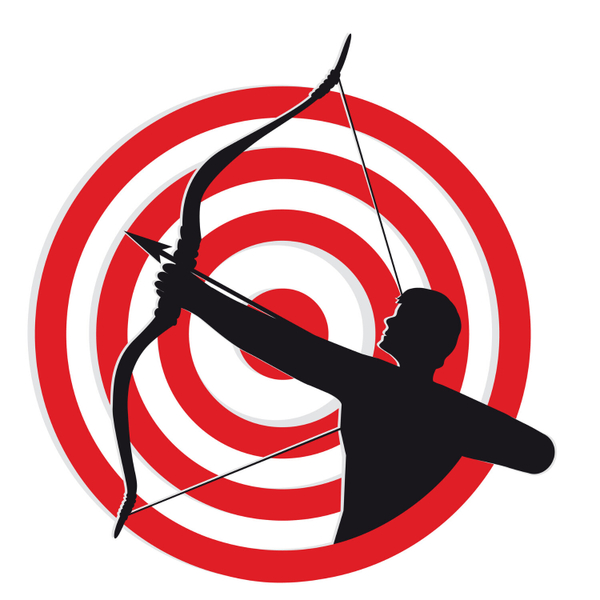
In this part of our biography podcast, find out about the Indigenous Peoples of the Americas, whom Christopher Columbus met. We will first find out who the ancestors of these Indigenous Peoples were. Then, we will proceed to find out how these Indigenous People lived.
Read our blog post
Would you rather read about the Indigenous Peoples of the Americas? Read it here:
1. The Indigenous Peoples of the Americas. If the link doesn't work, copy and paste this URL into your browser - https://wisuru.com/history/the-indigenous-peoples-of-the-americas/
2. The Caribs and the Arawaks. If the link doesn't work, copy and paste this URL into your browser - https://wisuru.com/history/caribs-and-arawaks/
Summary
The first humans came to the Americas through the Bering bridge, which is also known as Beringia. Since the global temperature at that time was 8°C lower [Citation 1] than it is today, and a lot of water was in the form of ice, Beringia was not covered by water. So, people came to this Beringia, 24,000 years ago [Citation 2] & [Citation 3], because it offered them better chances of survival [citation 4]. They stayed there for around 10,000 years or lesser and then moved to the Americas [Citation 5]. These people were the ancestors of the Indigenous Peoples of the Americas.
Caribbean Islands
Two Indigenous Peoples lived in the Caribbean during the time of Columbus' arrival. They were the Lokono and the Kalinaga.
Lokono [Citation 6]
- Friendly people who loved peace
- Lived by fishing, hunting, and farming
- Each man had around two to three wives
- Cacique, the leader, had around 30 wives
- They lived in big houses. Around 100 people lived in each house
- Had weapons like poisoned arrows, spears with fish hooks on one end
Kalinaga [Citation 7]
- Fierce people who loved war and fighting
- Lived by fishing, hunting, and farming
- Men lived together in one big house where they trained
- Women lived in many smaller houses
- Trained their children from a very early age for warfare
- Had weapons like poisoned arrows, burning arrows, etc.
When Christopher Columbus first came to the Caribbean, he met the Lokono. Then, he sailed further south and met the Kalinaga. He called the Lokono as Arawaks and Kalinaga as Caribs.
The Caribs had a custom of eating human flesh to acquire the characteristics of the person who died. It was a ritual for them. They used this ritual before going to a battle and when they trained children. But they did not eat human flesh like for the taste or pleasure of it. But Columbus used their custom to spread the rumor that they were cannibals. So, he was able to acquire Queen Isabella's permission to capture the Caribs.
Christopher Columbus used the queen's permission as an excuse to capture Caribs and Arawaks and use them as slaves. In the years that followed, most of the Caribs and Arawaks died not only due to abuse and inhuman working conditions, but also due to the diseases brought by the Spanish.
Citations
- https://www.swissinfo.ch/eng/ice-age-climate-was-cooler-than-expected/46613272
- https://www.researchgate.net/publication/237529882_Beringian_Standstill_and_Spread_of_Native_American
- http://dx.doi.org/10.1371/journal.pone.0169486
- https://pure.royalholloway.ac.uk/portal/en/persons/scott-elias_da6e306a-f31c-40ad-9ea8-89aa74bba587.html
- https://www.nationalgeographic.com/culture/article/coopers-landing-idaho-site-americas-oldest
- https://carriacou.biz/arawaks-amerindians/
- https://prezi.com/wxjixtonjql5/the-kalinagos/
Resources
- A map of Beringia - https://www.hakaimagazine.com/features/sunken-bridge-size-continent/
Donation link
Do you like our work and want to donate to us? You can do so by using this Patreon link: https://www.patreon.com/wisuru
Contact me
Have some suggestions to share with us? Just tweet to us using our Twitter link: https://twitter.com/WisuruBiography
Wisuru‘s Biography Podcast
Listen to this biography podcast to find out how people with disadvantages overcame their struggles and became world-famous. From Charlie Chaplin to Abraham Lincoln, Helen Keller to Marie Curie, most famous people were at a place where you are now - ground zero. Yet, they fought hard and accomplished unfathomable deeds. Listen to this podcast and find out how they did it.